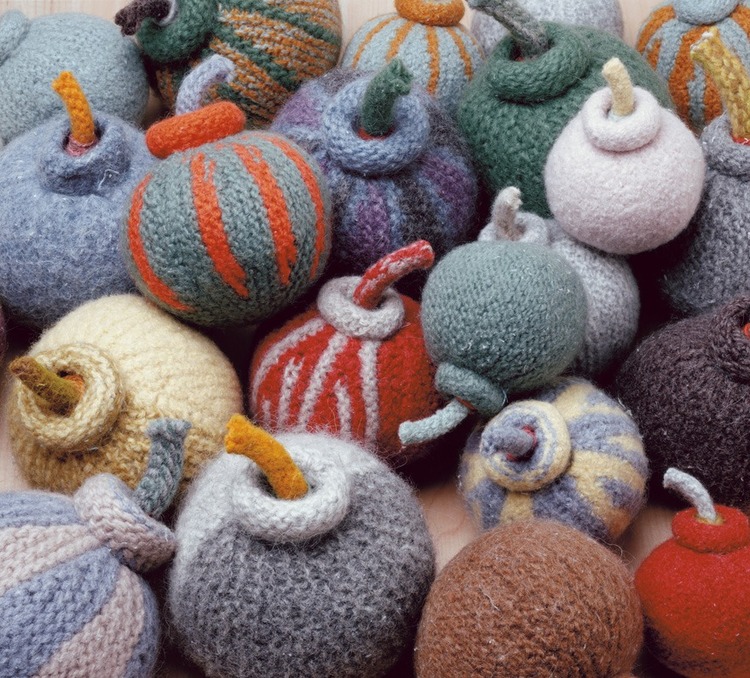BOMBAST/ BALANCING ACTS
Like Geppetto, the toymaker in the story of Pinocchio, I have often wished that I could make my creations come to life. I've tried hanging pieces from the ceiling to suggest that they are flying; I've dressed objects, given them lines to speak, and put them together into harmonious little families— all activities that children perform to enact the identities we are born with: the ones that are sometimes derailed by what happens to us, at home or at school.
The group of pieces that constitute Bombast were initiated by these impulses and driven by a story that I once wrote. In it, a woman who bombed a building at her college and was forced into an underground existence by her impassioned action (and thus has had a life very different from the one she could or would have led) returns to the college town after the death of her favorite professor. The drawing in The Terrorist’s Dream pictures the outlandish wig the bomber wears to hide her identity at the funeral, and serves as a frame for the family of Molotov cocktail-vessels cast from beeswax that stands before it.
The rest of pieces in this body of work, for the most part, are cartoony-looking bombs. Bomboozle’s squishy orbs are constructed out of knitted, felted wool. You want to touch them; you know it would make you feel good. But, like the colorful landmines that could be their cousins, these lovable balls suggest the possibility of a particularly violent form of death or mutilation. In Molotov Variations, flattened glass vessels filled with an yellowish liquid, their mouths stuffed with draped cloth fuses, are arranged on the wall like the hours of a terrorist’s day. A single phrase on each, such as: House to house, Mouth to mouth, Hand to hand, Eye to eye, might suggest relationships of trust or sustenance at the same time that they invoke close fighting. Or not. You decide.













